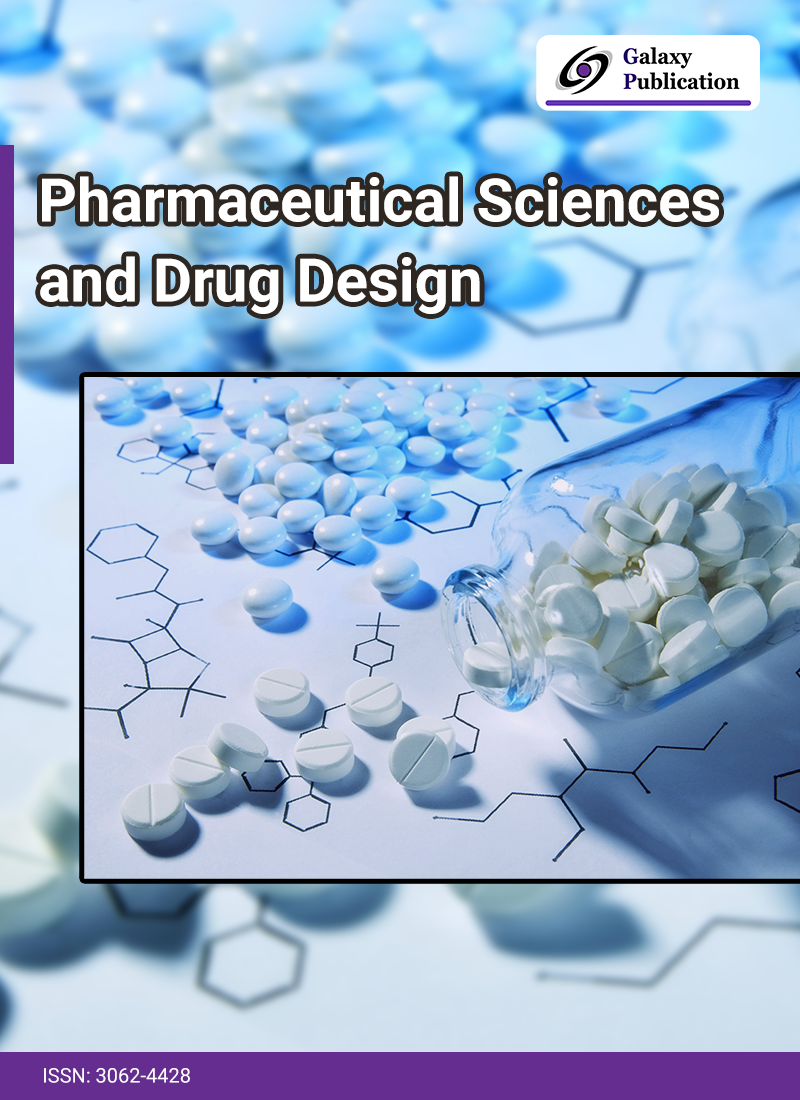
The chemical entities quinazolinone and piperazine are highly valued in organic chemistry due to their broad spectrum of therapeutic and biological activities. To explore their potential applications, researchers developed a novel set of compounds combining quinazolinone and piperazine structures. These compounds, featuring the N-(4-oxo-2-(4-(4-(4-(2-(substituted phenylamino) acetyl) piperazin-1-yl) phenyl) quinazolin-3(4H)-yl) benzamide framework, were synthesized in high yields. Characterization of the newly synthesized derivatives was carried out using mass spectrometry, FTIR, 1H NMR spectroscopy, melting point analysis, and thin-layer chromatography. The antimicrobial properties of these derivatives were evaluated using the agar well diffusion method against a variety of microbial strains, including Staphylococcus aureus, Bacillus subtilis, Escherichia coli, and Pseudomonas aeruginosa. The compounds were also tested for antifungal activity against Candida albicans. The broth microdilution technique was used to determine the minimum inhibitory concentration. The results showed that the synthesized compounds exhibited significant antimicrobial and antifungal activities against all tested strains. Among the tested compounds, PRP7A6, PRP7A8, and PRP7A11 were found to exhibit the strongest antimicrobial effect against pathogenic microorganisms.